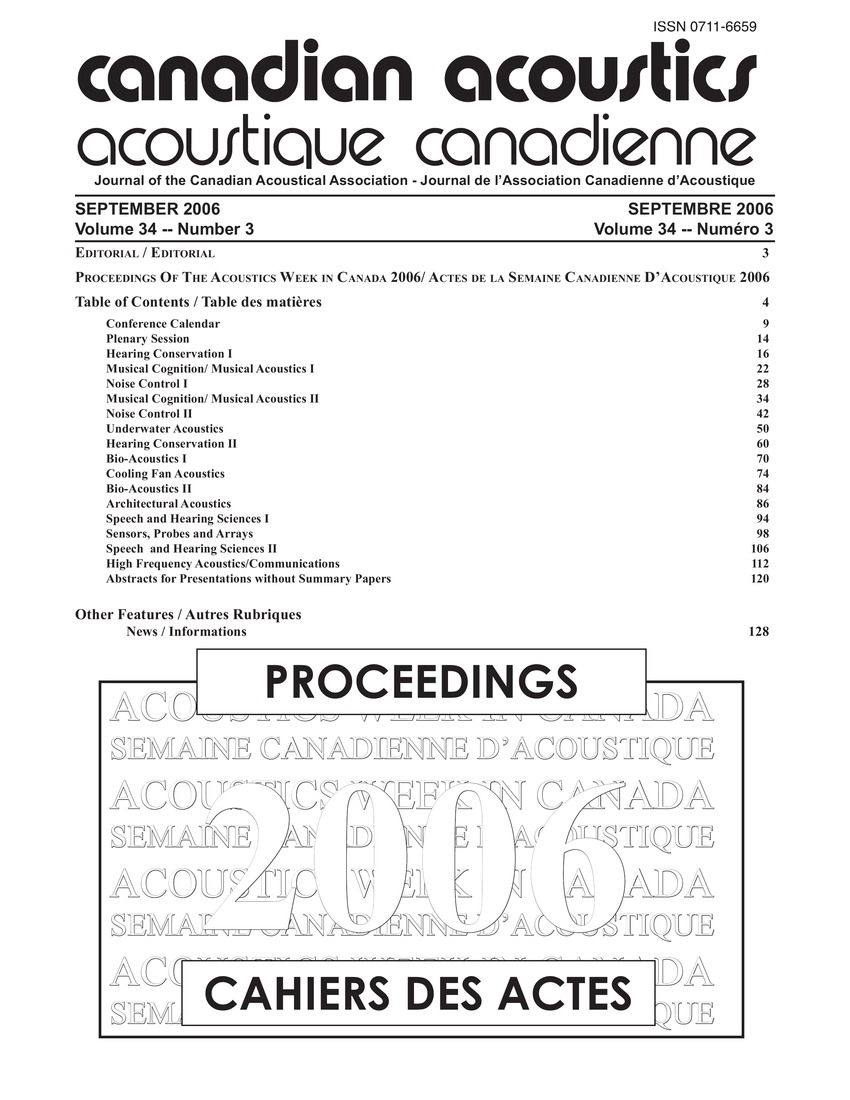Experimental evaluation of automotive cabin noise using psychoacoustic analysis techniques
Keywords:
Fast Fourier transforms, Signal interference, Speech analysis, Tires, Vehicle actuated signals, Vehicle suspensions, Psychoacoustic metrics, Speech interference level (SIL), Vehicle cabinsAbstract
Automotive cabin noise was experimentally evaluated with the operation of the vehicle, using psychoacoustic analysis techniques. Psychoacoustic, or quality of sound is considered to be a very important aspect in the development of a product with a sense of quality. Some of the common and uncommon psychoacoustic metrics include loudness, sharpness, roughness, fluctuation strength,brightness, pitch strength, impulsiveness, and speech interference level (SIL). Each matrics has a specific use and applicability that is dependant on the source of noise. In addition to the FFT analysis, the psychoacoustic metrics that were considered in this investigation include Zwicker loudness, fluctuation strength, and roughness. The purpose of using a binaural head was to acquire the acoustic data in a manner representative of what a human passenger would perceive. It is observed that predominated noise contribution within the vehicle cabin is the result of road and tire suspension interactions.Additional Files
Published
How to Cite
Issue
Section
License
Author Licensing Addendum
This Licensing Addendum ("Addendum") is entered into between the undersigned Author(s) and Canadian Acoustics journal published by the Canadian Acoustical Association (hereinafter referred to as the "Publisher"). The Author(s) and the Publisher agree as follows:
-
Retained Rights: The Author(s) retain(s) the following rights:
- The right to reproduce, distribute, and publicly display the Work on the Author's personal website or the website of the Author's institution.
- The right to use the Work in the Author's teaching activities and presentations.
- The right to include the Work in a compilation for the Author's personal use, not for sale.
-
Grant of License: The Author(s) grant(s) to the Publisher a worldwide exclusive license to publish, reproduce, distribute, and display the Work in Canadian Acoustics and any other formats and media deemed appropriate by the Publisher.
-
Attribution: The Publisher agrees to include proper attribution to the Author(s) in all publications and reproductions of the Work.
-
No Conflict: This Addendum is intended to be in harmony with, and not in conflict with, the terms and conditions of the original agreement entered into between the Author(s) and the Publisher.
-
Copyright Clause: Copyright on articles is held by the Author(s). The corresponding Author has the right to grant on behalf of all Authors and does grant on behalf of all Authors, a worldwide exclusive license to the Publisher and its licensees in perpetuity, in all forms, formats, and media (whether known now or created in the future), including but not limited to the rights to publish, reproduce, distribute, display, store, translate, create adaptations, reprints, include within collections, and create summaries, extracts, and/or abstracts of the Contribution.


